detail

MDF Shelving

loaded kitchen shelves

floating study shelves

drinks cupboard with adjustable shelf

oak alcove book shelves

nook with wall-e and friends

cupboards and shelves with undetectable false book ends

wardrobe nearing completion

ready for painting

shelves under a roof

shelves in a shed

CAD screenshot of set design

ready for action

ghostly set

Magdalen College Oxford

perspex pigeon holes


Friday, 12 May 2017
Red deal (higher quality smaller boards) or white deal
(bigger pieces) - this kind of "softwood" is strong and long but
because of inconsistencies and knots the surface often needs quite a bit of
preparation, so to end up with a presentable finish it usually needs to be
planed and/or scraped and sanded, and then filled and sanded again before being
painted.
It is rare for softwood boards to be perfectly straight in
their raw state, or completely uniform in thickness. Over time they can dry and
shrink a little. They can be coaxed into shape, however, and allowances can be
made for shrinking.
"Hardwoods" such as oak and mahogany are usually
denser & smoother. They cost much more, but they often look decorative and
they are usually oiled or varnished/lacquered - but because the whole surface
is visible, extra time & care is needed for the most accurate joinery.
with wood:
18mm thick shelves - require vertical supports maximum 700mm
apart
25mm thick shelves - require vertical supports maximum 900mm
apart
As far as the depth of wooden shelves is concerned, we are
limited to the width of the available boards, unless boards are joined
(typically with "biscuits").
Alternatively edge-laminated softwood boards (with limited
length) are available - these are made of numerous chunks, glued together.
Furniture Board - made of small pieces of wood glued together like a patchwork quilt. Strong and smooth, not given to warping but expensive if knots are kept to a minimum.
Plywood (not as smooth as MDF) - is made of layers of wood.
There are many different types, some with hardwood veneer.
Block board (which has thicker pieces in the middle of a ply
sandwich).
Chipboard (rough surface, bendy).
Laminated chipboard (e.g. contiboard): the surface is smooth
and already white. Thinner varieties are not strong - shelves tend to sag under
even a modest load, although kitchen furniture is often made of thicker
laminated chipboard.
with laminated chipboard:
12mm thick shelves - require vertical supports maximum 300mm
apart
all the above wood-based materials require veneer/trim on
the edges and they have severe limitations when it comes to inserting screws.
MDF is made of dust and glue. It has a smooth finish and
deceptively sharp edges (I have found to my cost), but the inside is furry, in
the types that are widely available. It has a certain superficial toughness,
but as a shelf it is not as strong as wood. Strength can be built up by gluing
boards on top of each other, and MDF can actually be very useful in conjunction
with real wood in vertical components.
MDF doesn't warp or twist (unless it becomes damp), and the
thickness and consistency are very uniform, which means that it can be machined
with a greater degree of accuracy than most softwood.
It can be unpleasant to work with (because of the toxic
dust) and it always needs veneer/trim on the edges. MDF is usually painted, as
the bland colour isn't to everyone's taste, but it's amazing what a strip of
oak lipping and a whipe of Danish oil can do.
with MDF:
18mm thick shelves - require verticals supports maximum
500mm apart
25mm thick shelves- require vertical supports maximum 700mm
apart
Toughened glass
Steel
Plumbing fittings
Plastic
Reclaimed materials, such as crates, old books, old pianos,
old cars
Subscribe to:
Post Comments (Atom)













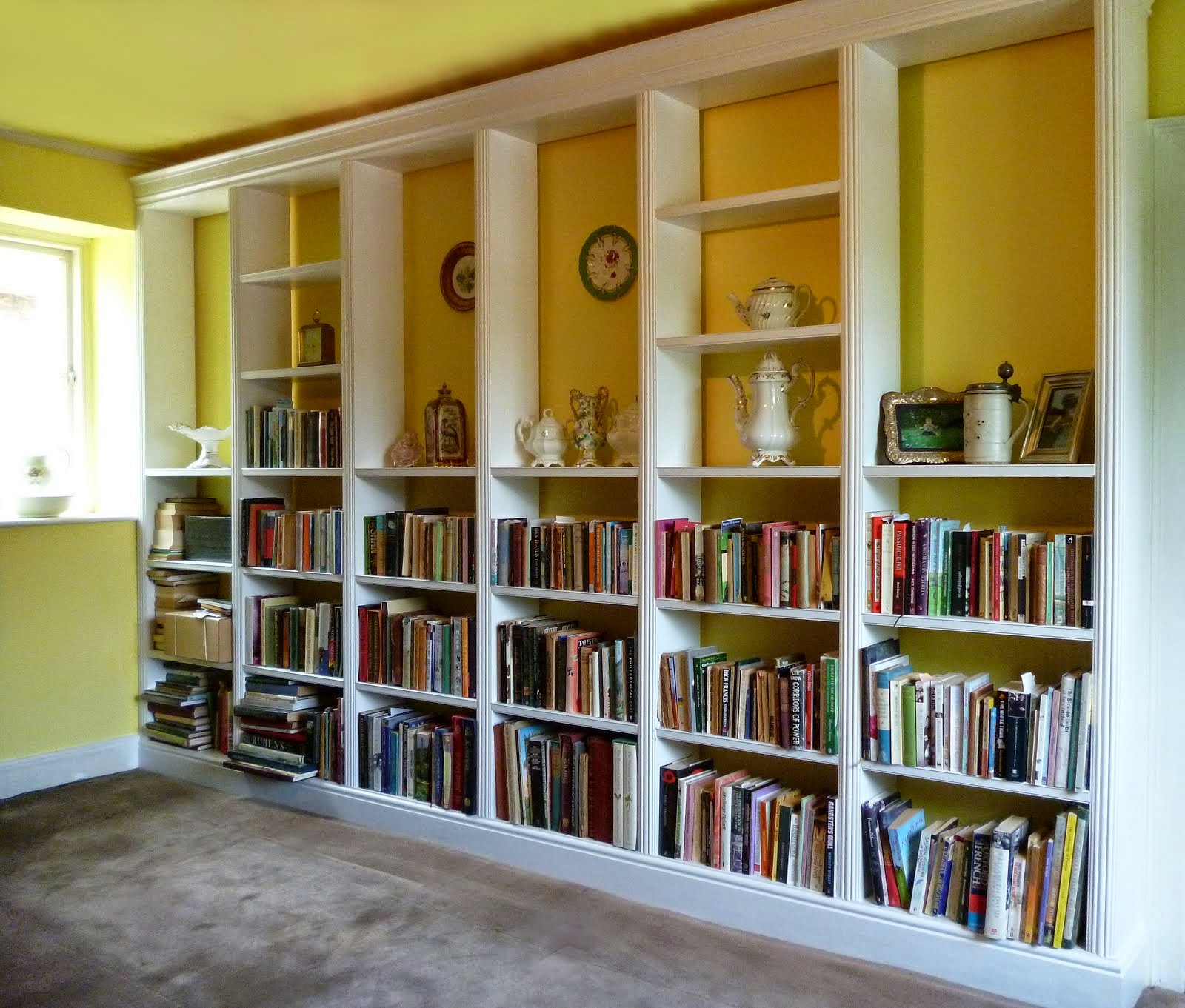


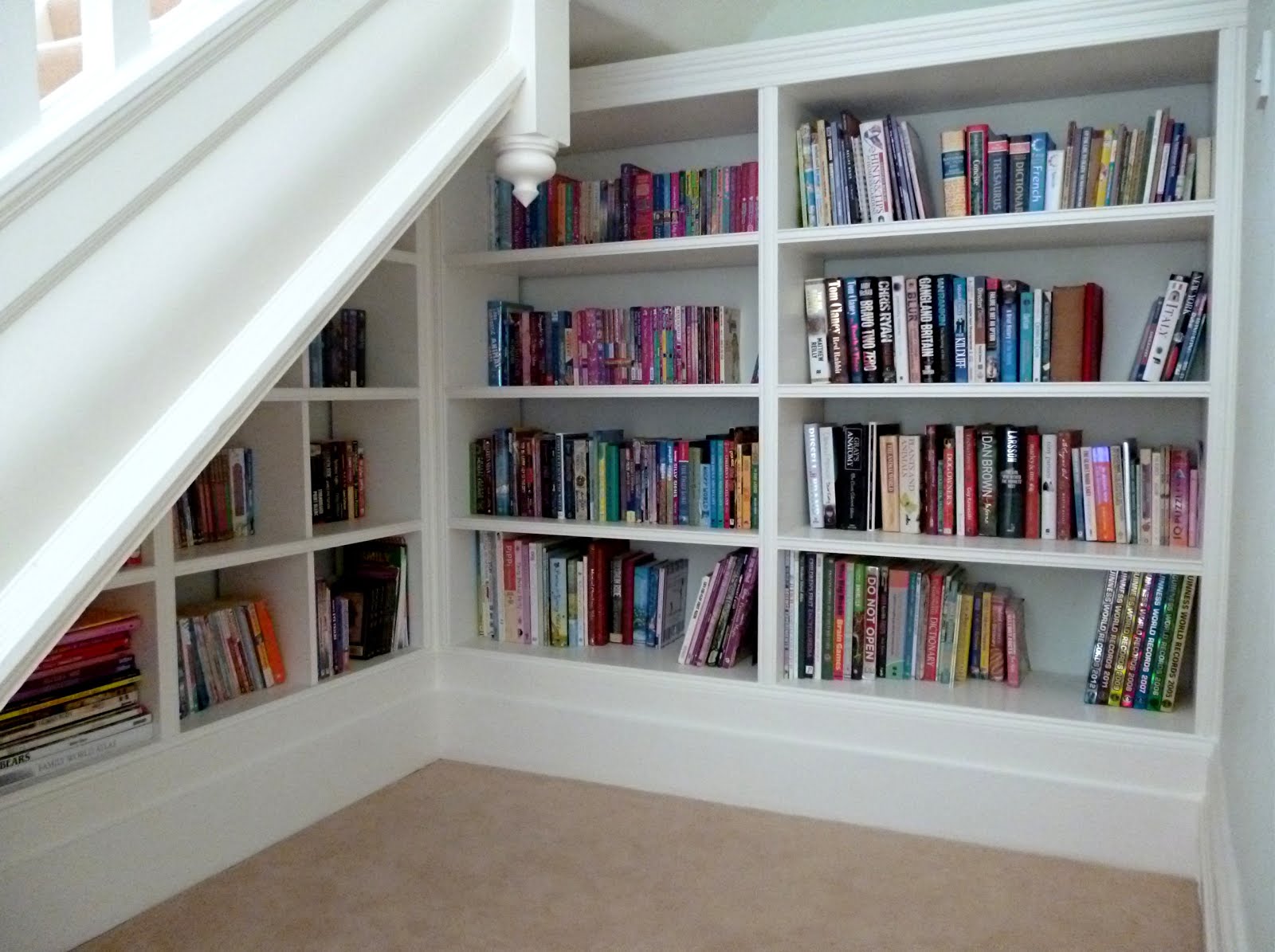




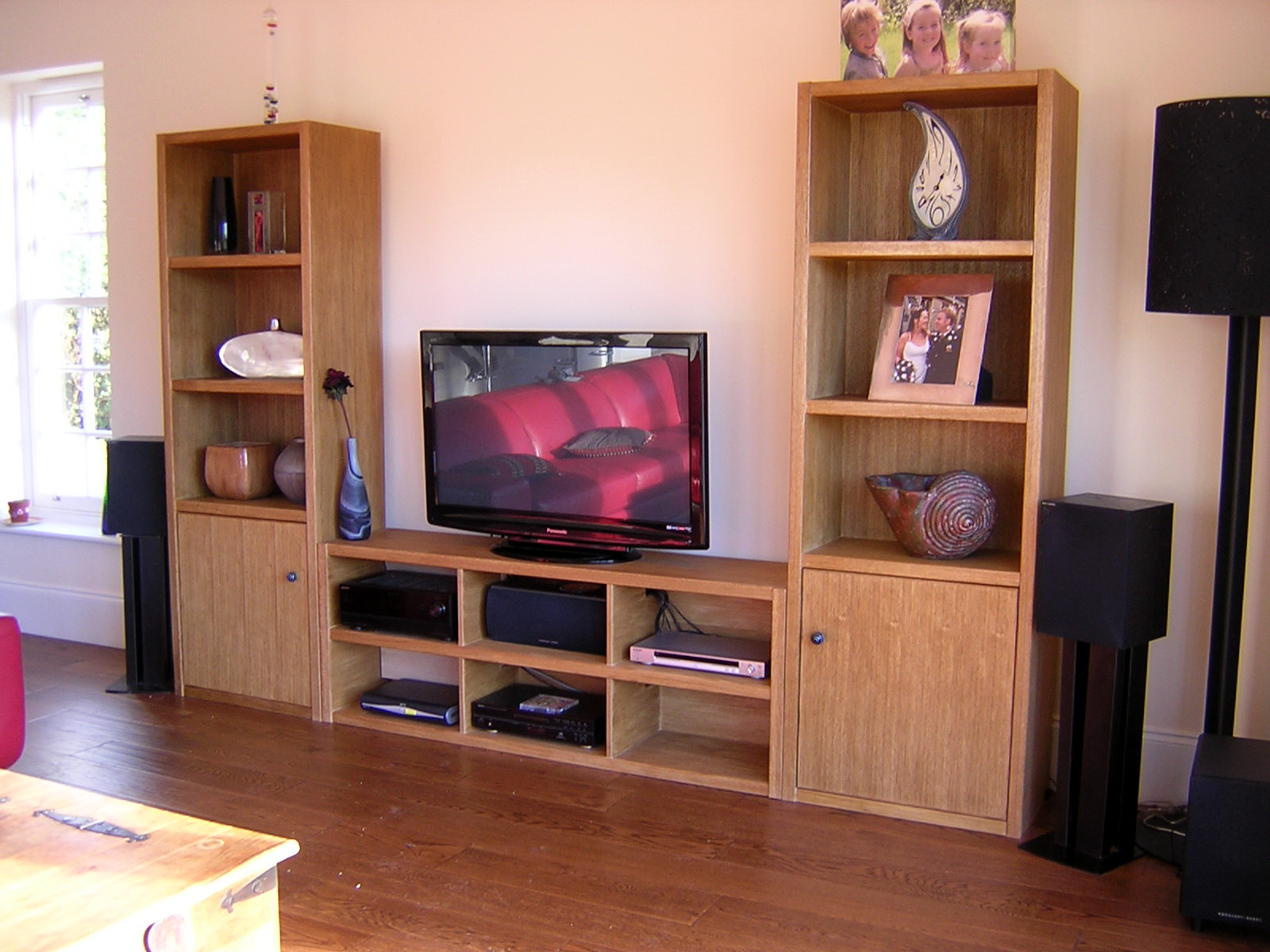










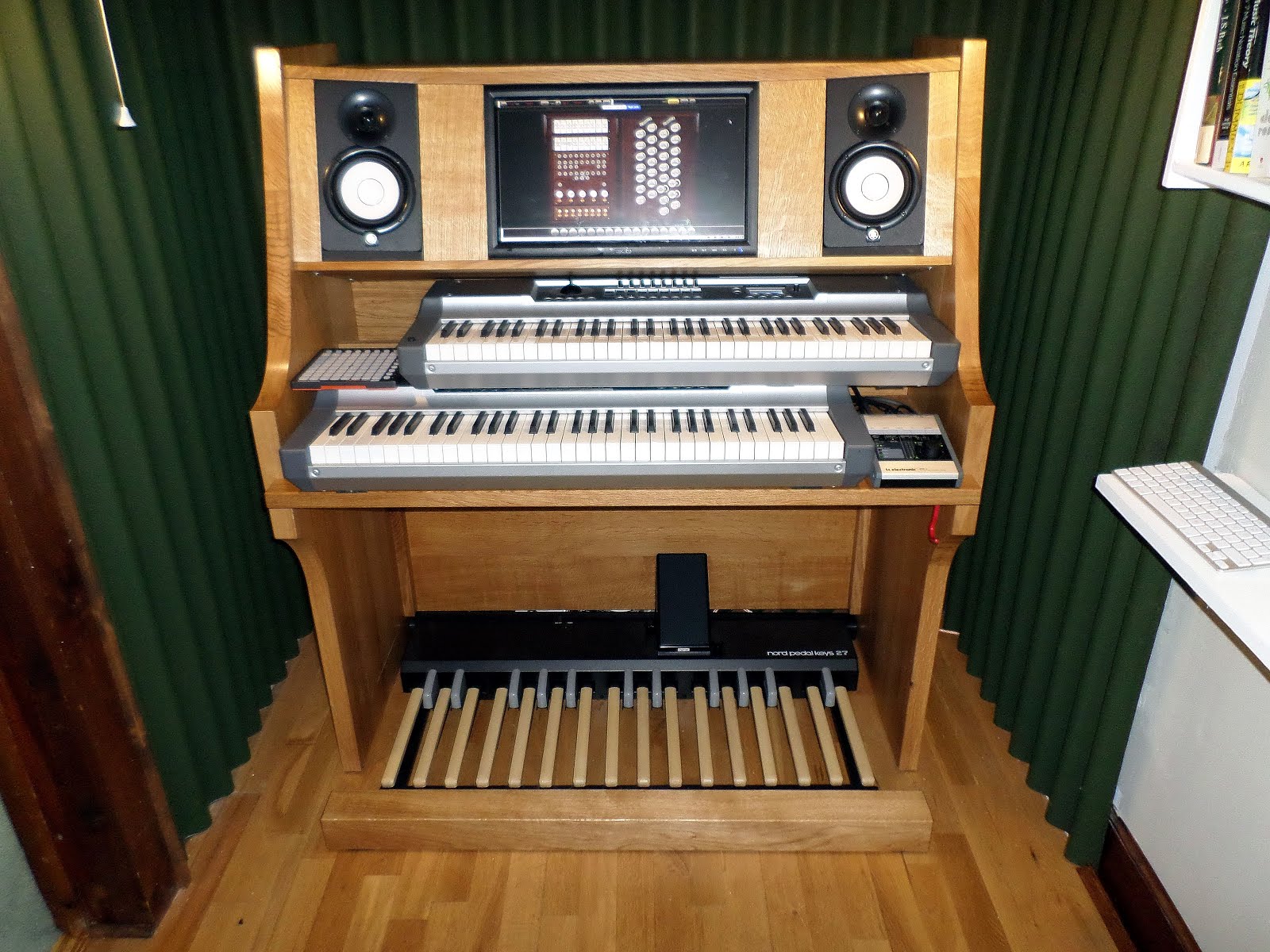











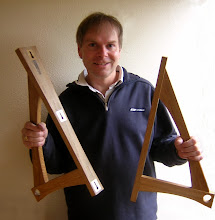







No comments:
Post a Comment